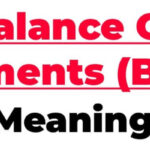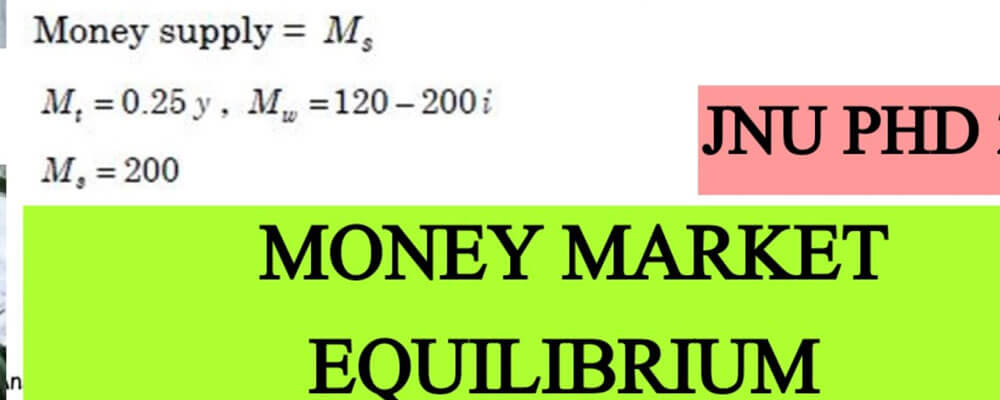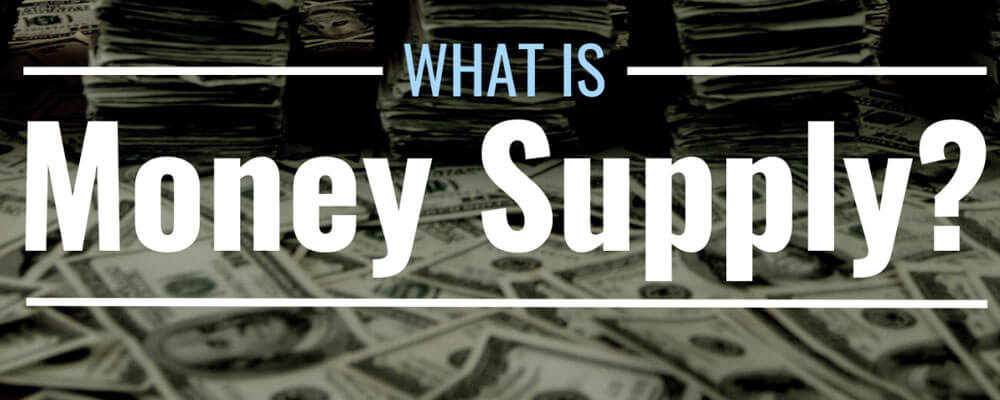Monetary policy is the process of managing the money supply and interest rates in an economy.
It is an important tool that governments and central banks use to influence economic activity, inflation, and the exchange rate.
In this blog post, we’ll explore what monetary policy is, its objective, its instruments, and how it can affect the economy.
Table of Contents
ToggleWhat is Monetary Policy
Monetary policy is the management of a nation’s money supply and interest rates by a central bank or government, to achieve certain economic objectives.
See Also: What is Paper Money
It is the government’s main tool for influencing economic activity and managing inflation.
Monetary policy is implemented by controlling the availability of money and credit, which affects the level of economic activity, prices, and employment.
The Federal Reserve System, or “the Fed,” is the central bank of the United States and is responsible for setting monetary policy in the U.S.
The Fed has a dual mandate from Congress to promote maximum employment and stable prices.
The Federal Open Market Committee (FOMC) is the policy-making body of the Federal Reserve System and sets the target for the federal funds rate and other monetary policies.
Monetary policy is an important tool for governments and central banks around the world to influence their economies.
It can be used to fight inflation, stimulate economic growth, support employment, and maintain financial stability.
By using various instruments to affect the supply of money and credit, monetary policy can have a wide-reaching impact on the overall economy.
Objectives of Monetary Policy
Monetary policy is the process by which a central bank or government attempts to influence the availability and cost of money and credit to promote economic stability and growth.
The primary objective of monetary policy is to maintain price stability, full employment, and economic growth.
-
Price Stability
Price stability is achieved by controlling inflation, which is defined as a persistent increase in the general level of prices for goods and services.
See Also: Functions of Money | Importance of Money
The central bank tries to maintain a low and stable inflation rate by managing the amount of money in circulation.
If too much money is created, it can lead to higher inflation, whereas if too little money is created it can lead to deflation.
-
Full Employment
Full employment is also an important objective of this policy. The goal is to achieve a level of unemployment that is consistent with the natural rate of unemployment.
This rate is determined by the labor force participation rate and other factors related to the structure of the economy.
-
Economic Growth
Finally, the monetary policy aims to achieve sustainable economic growth. This involves encouraging long-term investment and avoiding short-term speculation.
Central banks try to do this by setting interest rates at levels that incentivize saving and investment while discouraging spending.
Ultimately, the objectives of this policy are to promote economic stability and growth while keeping inflation low and stable.
By implementing these policies, central banks can help ensure that their economies remain healthy in the long run.
Instruments of Monetary Policy
Monetary policy involves the use of instruments to influence the availability, cost, and demand for money in the economy. These instruments can be broadly divided into two categories:
- Those that directly affect the money supply
- Those that affect interest rates.
The most commonly used instruments to affect the money supply are open market operations, changes in reserve requirements, and adjustments in the discount rate.
Open market operations involve the buying and selling of government securities in the open market, which affects the money supply.
See Also: Holder in Due Course of a Negotiable Instrument
Changes in reserve requirements involve changing the percentage of deposits that banks must hold in reserve, thereby affecting the amount of money available for lending.
Finally, adjustments in the discount rate involve changing the rate at which the Federal Reserve lends to banks, which affects their ability to lend money to consumers.
In terms of influencing interest rates, the primary tool used is the federal funds rate; this is the interest rate at which banks lend money to one another.
When the Fed increases this rate, borrowing costs increase, and consumer demand for loans decreases.
Conversely, when the rate is lowered, borrowing costs decrease, and consumer demand for loans increases.
The use of these instruments to control inflation and employment levels has been a major part of economic policy for decades.
While monetary policy has its critics, it remains an important tool for governments to ensure economic stability and growth.
How Monetary Policy can affect the Economy
Monetary policy is the use of various instruments by a country’s central bank or other monetary authority to manage the money supply, credit conditions, and interest rates to achieve economic goals.
The goal of monetary policy is to promote economic growth and stability, full employment, and price stability. Monetary policy affects the economy in several ways:
-
Interest Rates
Changes in the money supply can affect interest rates, which in turn can influence investment, spending, and borrowing decisions by businesses and consumers.
Lower interest rates can make it cheaper for businesses to invest, which can help spur economic activity.
On the other hand, higher interest rates can make it more expensive for businesses to borrow and invest, which can slow economic activity.
-
Inflation
Changes in the money supply can also affect inflation, or how much prices increase over time.
An increase in the money supply can lead to higher inflation, while a decrease in the money supply can lead to lower inflation.
If there is too much inflation, it can hurt consumers who may have to pay higher prices for goods and services.
-
Exchange Rates
Changes in the money supply can also affect exchange rates or the rate at which one currency can be exchanged for another.
See Also: What is Dishonour of Cheque | Reasons for Dishonour of Cheque
A decrease in the money supply can make a currency more valuable relative to other currencies, making exports more expensive and imports cheaper. This can help improve a country’s balance of trade.
-
Employment
Changes in the money supply can also affect employment levels. An increase in the money supply can lead to higher demand for goods and services, which can lead to increased hiring by businesses.
A decrease in the money supply can lead to less demand for goods and services, which can lead to lower hiring by businesses.
By understanding how monetary policy works and how it affects the economy, governments, businesses, and consumers can better prepare for any potential impacts.
Conclusion
Monetary policy is an important tool for a country’s economic stability and growth. It helps to ensure that the supply of money in circulation is appropriate to meet the needs of its citizens.
The objectives of monetary policy are to maintain price stability, promote full employment, and support economic growth.
The instruments of monetary policy are used to achieve these objectives, such as open market operations, changing the reserve requirements, and setting the discount rate.
By understanding how monetary policy works and its effects on the economy, it is possible to make more informed decisions regarding the implementation of monetary policy.










